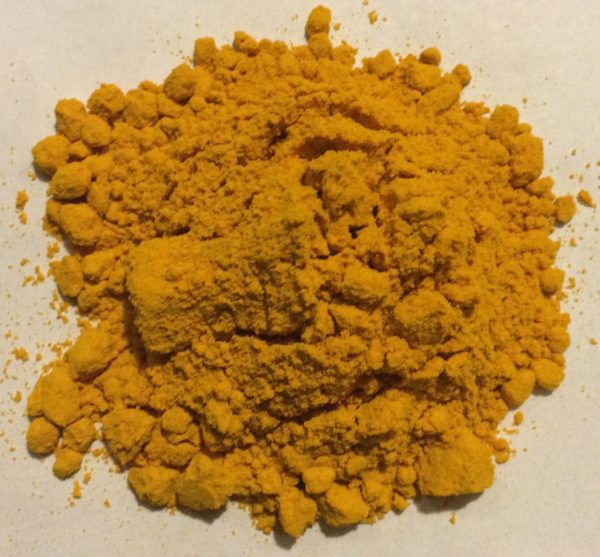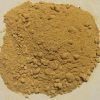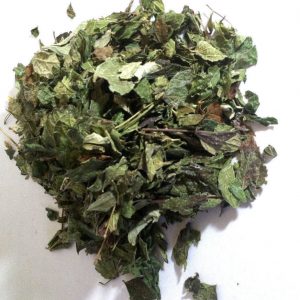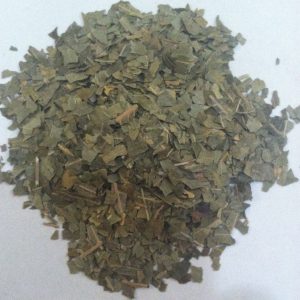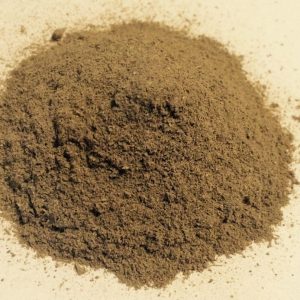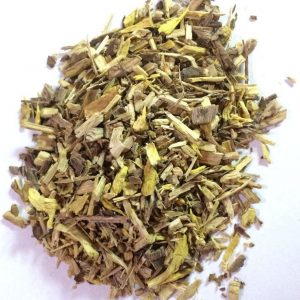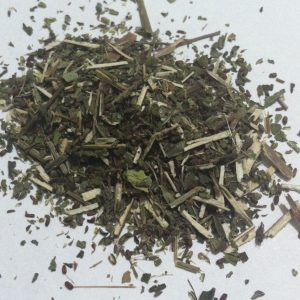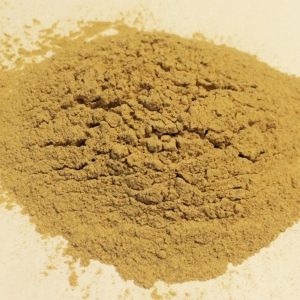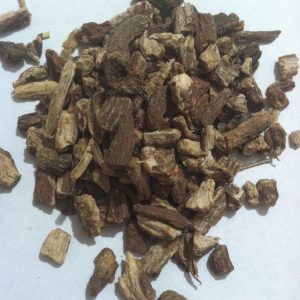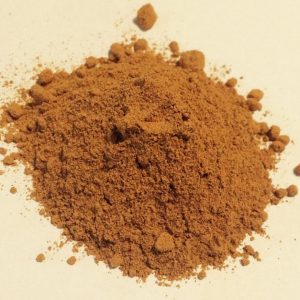Description
Common Name Standardized: turmeric Other: common turmeric, Indian saffron, yellow ginger Botanical Name Curcuma longa L. Plant Family: Zingiberaceae Overview Introduction Turmeric is a tropical perennial plant in the same family as ginger, native to India, and cultivated throughout the tropics around the world. Growing to a height of about three feet (one meter), it bears pairs of lance-shaped leaves on alternate sides of the stem. At the base of the stem, there is a knobby rhizome somewhat resembling ginger. Constituents 1-alpha curcumene, 1-beta-curcumene, camphene, camphor, various forms of curcumin. Parts Used The rhizome, dried and ground. Typical Preparations Teas, tinctures, and poultices. Many of the healing of benefits of turmeric have been attributed to curcumin, a group of antioxidant compounds found in the rhizome. Although curcumin is available as a standardized extract, the whole herb may be more beneficial for you than the curcumin extract: Only very small amounts of curcumin are absorbed into the bloodstream. Turmeric as a whole herb stays in the digestive tract longer than curcumin, releasing antioxidant curcumin along with other beneficial substances. Summary Turmeric root powder is a popular ingredient is South Asian cooking and adds a distinct flavor to many savory dishes, including stocks, sauces and curries. The root has a brilliant orange color and becomes very hard when dried. It is distinct and fragrant, with a scent that is mildly hot and gingery, but certainly unique to itself. The dried powder is most commonly used in the kitchen, and is a common ingredient in commercially available curry powders. Because of its vivid hue, it is also used to color food products ranging from popcorn to cheese to yogurt. Turmeric has been studied for a wide variety of functions. The German Commission E has approved its use for spastic epigastric discomfort. When mixed in a traditional Ayurvedic treatment, it has been shown to relieve joint pain. Curcumin, one of the active constituents of turmeric, has been shown to have anti-inflammatory effects. Precautions Specific: No known precautions. General: We recommend that you consult with a qualified healthcare practitioner before using herbal products, particularly if you are pregnant, nursing, or on any medications. For educational purposes only This information has not been evaluated by the Food and Drug Administration. This information is not intended to diagnose, treat, cure, or prevent any disease.



